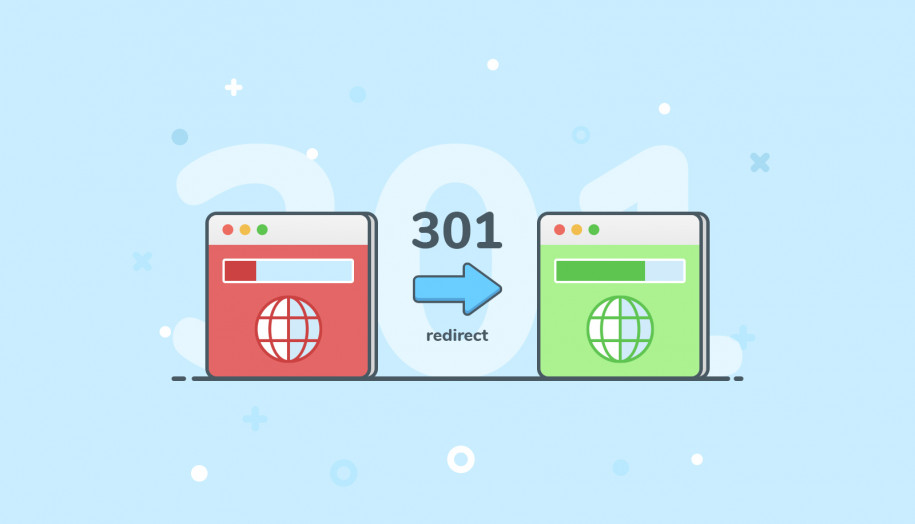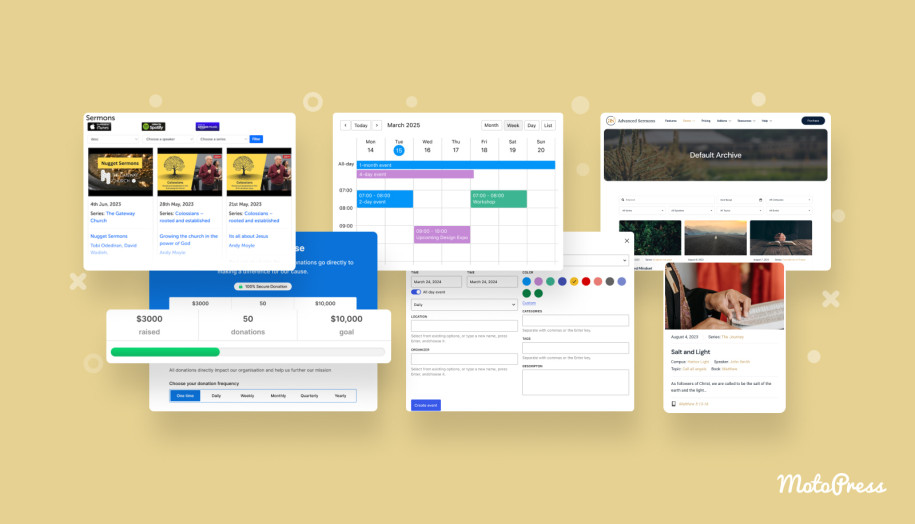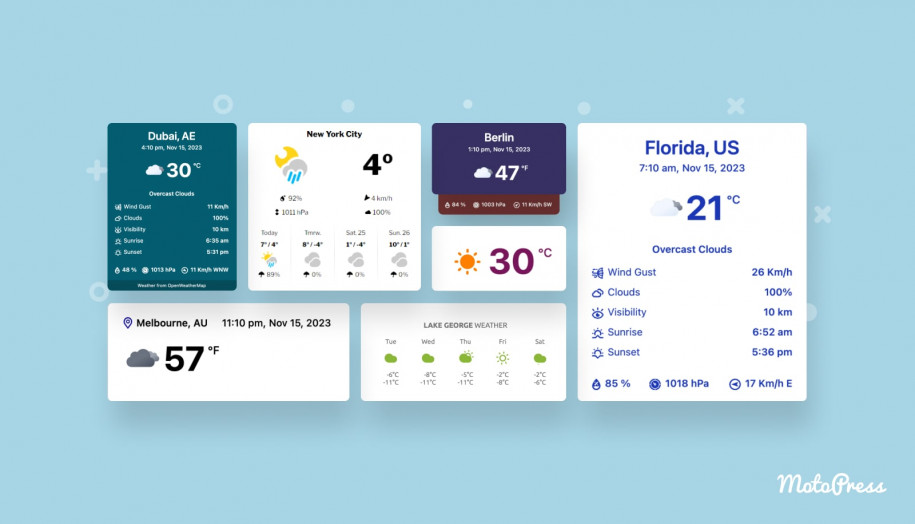How to Create 301 Redirection with WordPress Plugins
Table of Contents
If you are looking for a WordPress redirection plugin, in this quick guide you’ll learn how to create 301 redirects in WordPress the easy way with free plugins.
Setting up URL redirection simply means you are making one website page available under another or several URL addresses.
The most common scenario for referring to permanent 301 redirects is when you need to redirect old website pages to the corresponding pages but under a new domain.
What are other legitimate cases for adding 301 redirects?
They include:
- You need to make your website available from several URLs. In this case, you’ll have one “canonical” URL while others will redirect to this URL.
- If you need to make two websites available in one destination.
Is there, by the way, a limit to how many 301 redirects you can create without raising a red flag in the eyes of Google or other search engines? If, for example, you need to redirect thousands of pages, isn’t it going to slow down your website or something?
According to Google experts, no. Creating WordPress 301 redirects is a search engine-friendly way to deal with the scenarios we’ve just listed.
You can have as many 301 redirects as needed – without affecting performance. It is an absolutely safe, and even necessary, practice to use permanent 301 WordPress redirects to let the search engines know about the “canonical” working URLs and provide website visitors with the seamless user experience of navigating through your site. Both Bing and Google recommend using 301 redirects.
However, a kind of hard and fast rule here is trying to avoid a chain of redirects and add just one, well, direct, redirect to the canonical URL (old -> new). This way you’ll do Google and your website visitors a huge favor by avoiding latency that is often present when Google crawlers need to index multiple redirects.
In simple terms, if there is a chain of multiple redirects, Googlebot might simply not bring a website visitor to the destination URL – not good for a page ranking as well as people!
How to set up WordPress Redirection with 301 Redirects – Easy Redirect Manager
So let’s get from theory to practice and try to set up URL redirection with the WordPress redirection plugin, in which the number of active users speaks for itself. 301 Redirects is a handy and straightforward plugin that will do the job without much hassle and tweaking (that’s what we need for now).

There are some other WordPress redirection plugin options, for sure, so why would you want to opt for this one?
Among the reasons we managed to identify is that it’s really easy in operation, offers great bulk redirect features, and is capable of doing some extra SEO improvements associated with redirects.
You can download it for free from the official WordPress.org repository and just follow our guide step by step. So let’s assume you’ve installed and activated the plugin. Then do the following:
- Go to “Configure redirects”. You’ll be brought to settings where you can set up 301 and 302 redirects.

Both are just two possible HTTP response status codes:
- 301 is used for creating permanent URL redirects (make sure you use it only for those pages you are not going to come back to!)
- 302 is used for temporary redirects (use this if you’ll possibly need to come to the old URLs).
2. So, choose the needed redirect type and then select what page must be redirected and where.

Paste a page URL into the “Redirect from” menu and select the destination one in the “Redirect to” menu. Here are you provided with automatically sourced pages of your existing website pages, posts, post types, archives, and term archives. Moreover, you can manually add a “custom” redirection URL.
That’s it! You can also update or delete added rules later. Make sure to check whether your redirects are working on the live site.
If there are lots of redirects you need to create, you can reduce your workflow by making use of the bulk redirect feature. Head to the “Import/Export Redirect Rules” tab to import or export the rules in a CSV file.
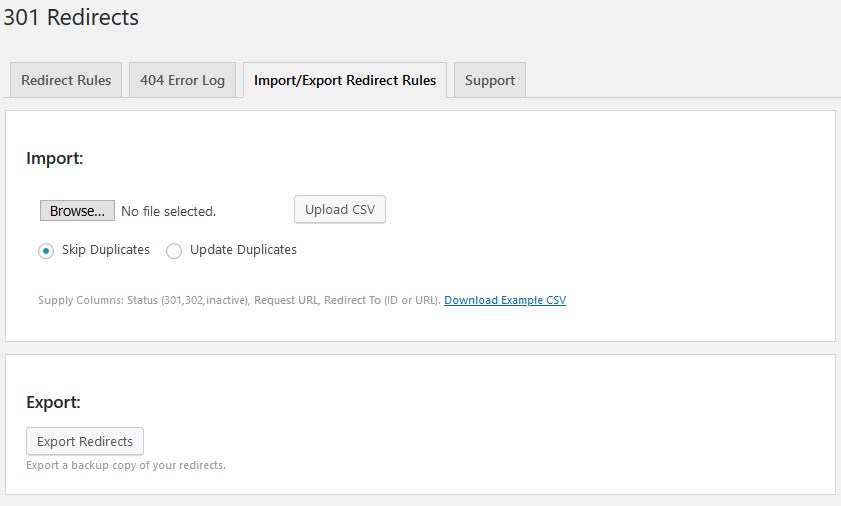
It’s worth mentioning that this is freemium plugin and if you’re looking for an extensive array of tools and premium support, make sure to check out their plans.
More decent free WordPress redirection plugins you can use
Let’s also give an idea of some other best redirect plugins for WordPress. At the very least, they’ll work for the purpose of setting up 301 redirects, so let’s focus on some other important tools they can offer.
Redirection

This popular WordPress redirect plugin won’t only help you automatically set up 301 redirects but will also take care of conditional redirects. That is, you can set up redirects based on certain conditions:
- Whether a user is logged in to your website
- User’s browser
- Referrer link
- Cookies configuration
- Custom filters
- IP addresses
- Server and page type
- 404 error tracks.
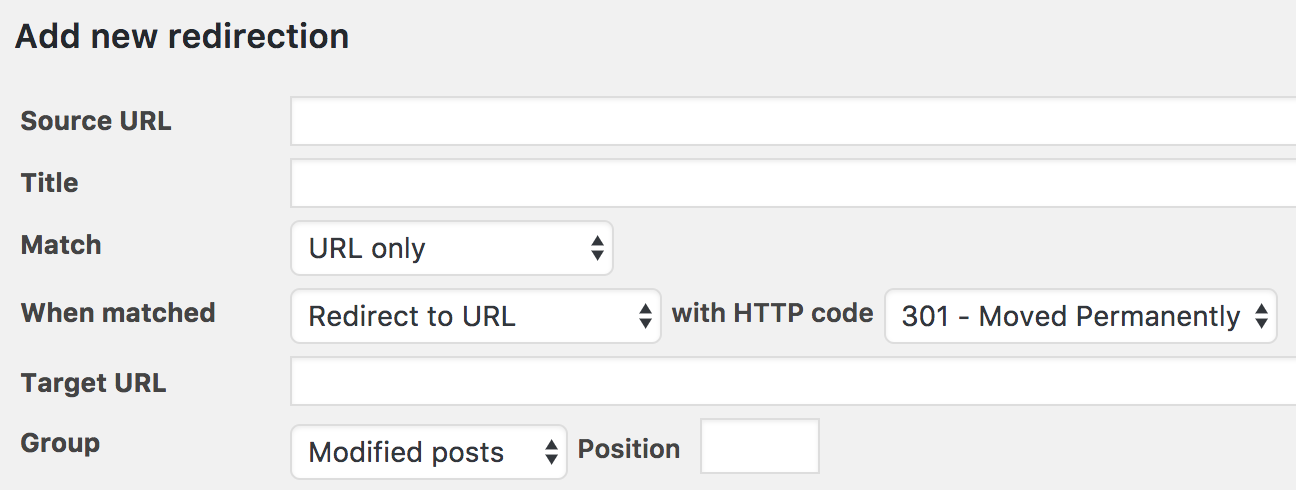
The plugin also supports data migration from other redirect plugins. Overall, the plugin is so far the most used solution for this purpose. If you, however, don’t need that extra bunch of features, it might seem overwhelming.
SEO Redirection Plugin

This is another suitable solution for setting up redirects in WordPress that comes with a bunch of industry-standard tools for managing redirects. But we are rather interested in how it differs from the pack?
So, in addition to 301 and 302 codes, it’s also capable of adding a 307 temporary redirect, supports wildcard redirection (a rare thing), and also offers the following notable things:
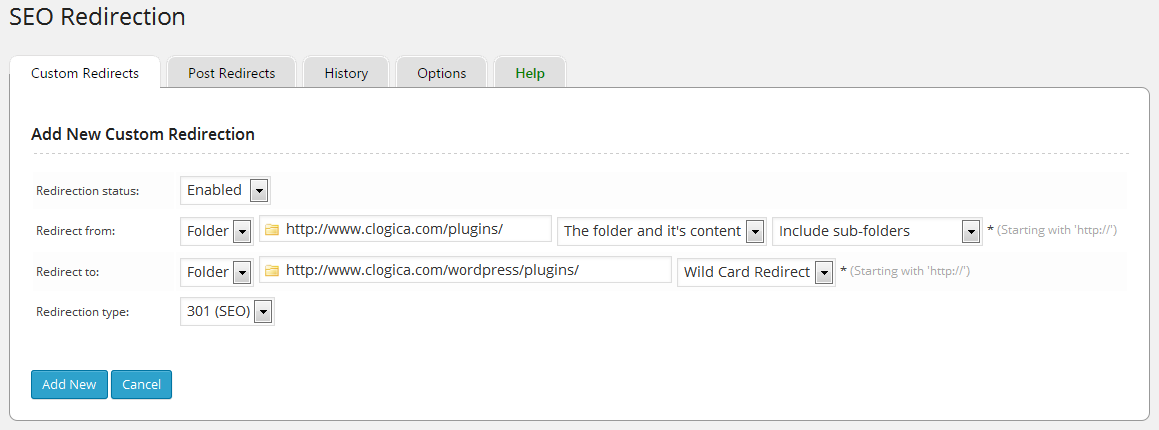
- Some sort of analytics to see the total number of visits coming from redirects
- More flexibility for redirecting to posts and pages
- Fixing 404 errors
- Multiple redirection conditions (for logged in/out users, to random URLs, etc.)
- And more handy tools.
Even its name suggests that the plugin developers place a special emphasis on SEO and promise you’ll be able to restore your natural traffic you might be now losing on 404 pages.
Simple 301 Redirects
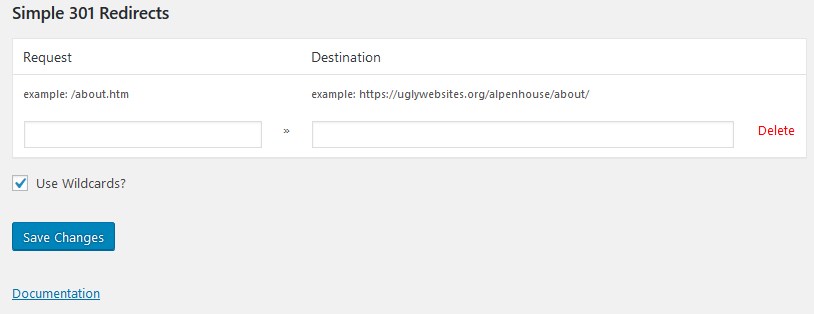
This 301 Redirection plugin is one of those simple-to-use plugins that will only focus on adding permanent redirects. The destination URL can be either a full URL to any page on the web or relative to your WordPress root. The plugin also supports wildcards.
404 to 301
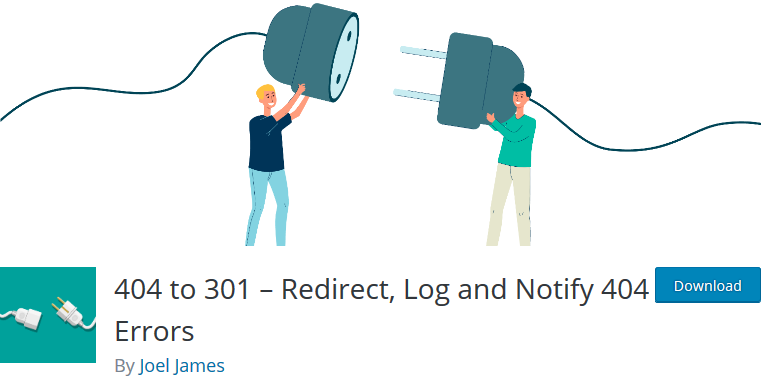
This awesome plugin will specifically help you manage 404 errors and bring your legitimate traffic back through setting 301, 302 or 307 redirects. The errors can be redirected to any existing or custom link. When setting up the plugin, you can exclude the needed paths from errors.
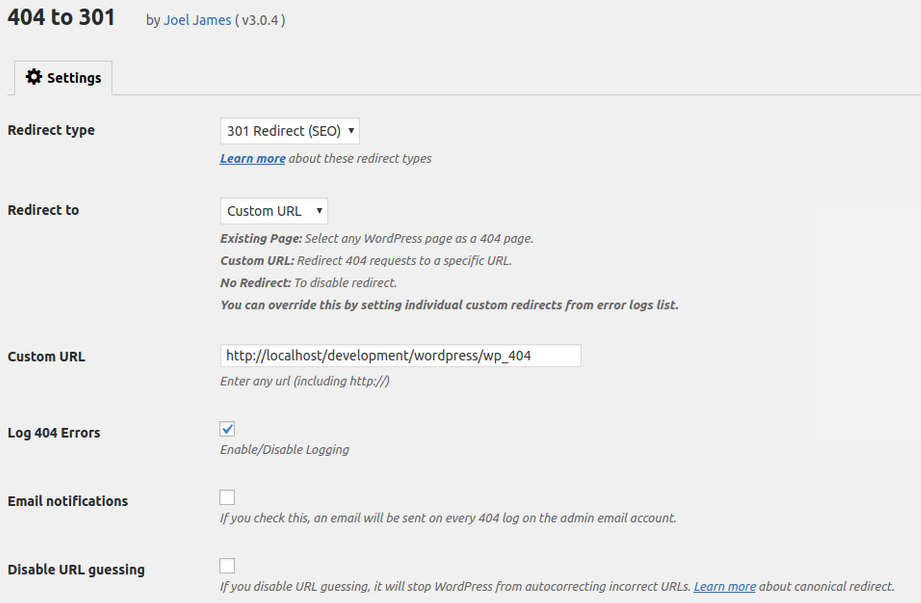
In addition to that, you can get a premium log manager that will monitor all errors and will automatically send you alerts on logs.
Bottom line: It’s easy to manage redirects with a free WordPress redirection plugin
It’s a common industry practice to redirect one URL to another so you can rest assured that 301 redirects won’t lose you any SEO metrics since search engine crawlers are smart enough to understand the redirection.
Moreover, setting up 301 redirects in WordPress is even “healthier” for your website than 404 pages since the former will bring your natural traffic back.
With the plugins like 301 Redirects or any other of your choice, you can do that fairly easy and the right way. There is really no one best redirect plugin WordPress users of all calibers may use – it all depends on what tools you need.
If you want your new website/extra websites to be friendly to search engines as well as humans, take care of all your URLs with smart redirects.
